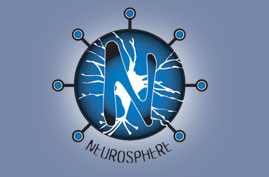Televisionaries
Network Infrastructure for the Neurosphere
Surely it is proof certain of the emergent global consciousness that grid computing technology has finally been applied to allow us to exchange TV programs with each other. A greater sharing of guilty pleasures.
“Kontiki’s patent-pending Grid Delivery Technology taps the unused resources of networked PCs and servers, allowing companies to securely deliver high quality video and software updates at a fraction of the cost of traditional delivery solutions.”
http://www.kontiki.com/company/press/2005/pressrelease051020.html
